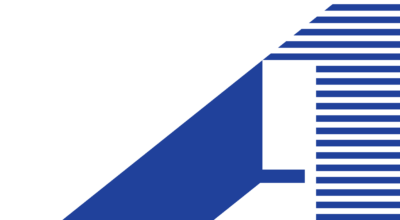Use open enrollment to help meet goals
Published 7:41 pm Friday, November 12, 2010
November is a popular month for “open enrollment”—that time when you can choose from the options offered in your employer’s benefits package.
By making the right moves in some key areas—such as your 401(k) and life insurance—you can help protect your family and boost your progress toward your long-term financial goals.
Let’s consider your 401(k) first.
If you haven’t taken part in your 401(k) plan, you need to review the benefits of this excellent retirement-savings vehicle. First, you contribute pretax dollars to a traditional 401(k), so the more you put in, the lower your adjusted gross income—and the lower your annual tax bill. Also, your 401(k) earnings accumulate on a tax-deferred basis. Furthermore, your employer may offer a matching contribution, and if you’re not participating in your plan or not putting in enough to earn the match, you’re essentially leaving money “on the table.”
If you’re not already investing in a 401(k), now is the time to get started. And if you’ve already been contributing to your 401(k), you may want to use the open enrollment period to increase your contributions or to rebalance your investment choices in response to changes in investment performance or in your goals or risk tolerance. Of course, depending on your plan, you may also be able to make changes to your 401(k) at other times in the year.
During open enrollment, you’ll also want to look at your insurance choices. Your employer may offer a certain amount of life insurance, and possibly disability insurance, at no cost. Clearly, this coverage can be beneficial—but is it enough to meet your family’s needs?
To answer this question, you’ll need to review at least three key areas of your family’s finances:
• Debts—Try to calculate your overall debt load—mortgage, car payments, credit cards and so on.
• Education—If you are planning to help your children pay for college, try to estimate these costs. Keep in mind the considerable differences in expenses between colleges: Public versus private and in-state versus out-of-state. Also, remember that college costs have been rising faster than the overall cost of living.
• Income replacement—Try to determine about how much of your income would need to be replaced for your family to maintain its current lifestyle if something were to happen to you.
Once you’ve made these types of calculations, you’ll be in a better position to know if the life and disability coverage offered by your employer is sufficient to meet your needs. You might be able to purchase additional insurance through your employer, but even this coverage may not be enough. That’s why you may want to work with a professional financial adviser—someone who can help you identify any gaps that may exist in your coverage and recommend any additional coverage to fill this void.
You may also find other advantages to individually owned insurance, such as portability (taking your policy with you, no matter where you work) and affordability. You may find that some policies, particularly term life insurance, may be less costly than the supplemental insurance you could purchase from your employer.
So review both your insurance situation and your 401(k) plan during open enrollment. It’s a great time to make those choices that can help you during all the seasons of your life.




